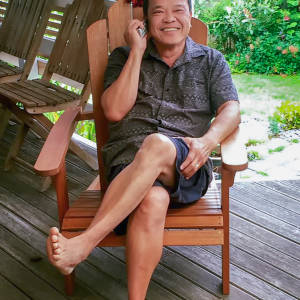Bastion Point
From Wikipedia:
Bastion Point (Takaparawhau in Māori) is a coastal piece of land in Orakei, Auckland, New Zealand, overlooking the Waitemata Harbour. The area has significance in New Zealand history for its role in 1970s Māori protests against forced land alienation by non Māori New Zealanders.
In 1885, the NZ Government built a military outpost at Kohimarama, because it commanded good strategic positioning over Waitemata Harbour. It was not built on Takaparawhau Point, which had earlier been given to the Government for that purpose. In 1886, the Crown used the Public Works Act 1882 to take ownership of 13 acres (5.3 ha) of Bastion Point for this purpose of defence. When, in 1941, the Crown no longer needed Bastion Point for defence, the ancestral Māori land was not returned to its traditional Māori owners but instead gifted to the Auckland City Council for a reserve. (This was the last 60 acres (24.3 ha) of uncommitted land at Orakei that the hapu still hoped to get back.)
In 1976, the Crown announced that it planned to develop Bastion Point by selling it to the highest corporate bidder for high-income housing. Joe Hawke, members of his hapu, and other activists, formed the Orakei Māori Action Committee taking direct action to stop the subdivision. In 1977-1978 the Orakei Māori Action Committee organised an occupation of the remaining Crown land to prevent its confiscation by the Muldoon Government. A marae and housing was built, and crops were grown. A fire in one of the buildings caused the death of a young girl.
A peaceful occupation lasted for 507 days and was finally ended on the 25th May 1978, when 800 police and the New Zealand army were used to forcibly remove the occupiers and destroy the temporary buildings including vegetable gardens and a meeting house, which were constructed to accommodate the living during the protest. Two hundred and twenty two protesters were arrested. The occupation and use of force to end it played a part in highlighting injustices against Māori, and the occupation was a major landmark in the history of Māori protest.
In the 1980s New Zealand Government formally apologised and returned the land to Ngāti Whātua with compensation, as part of the Treaty of Waitangi settlement process.
- 1
- 0
- Nikon D90
- f/11.0
- 135mm
- 200

Comments
Sign in or get an account to comment.


